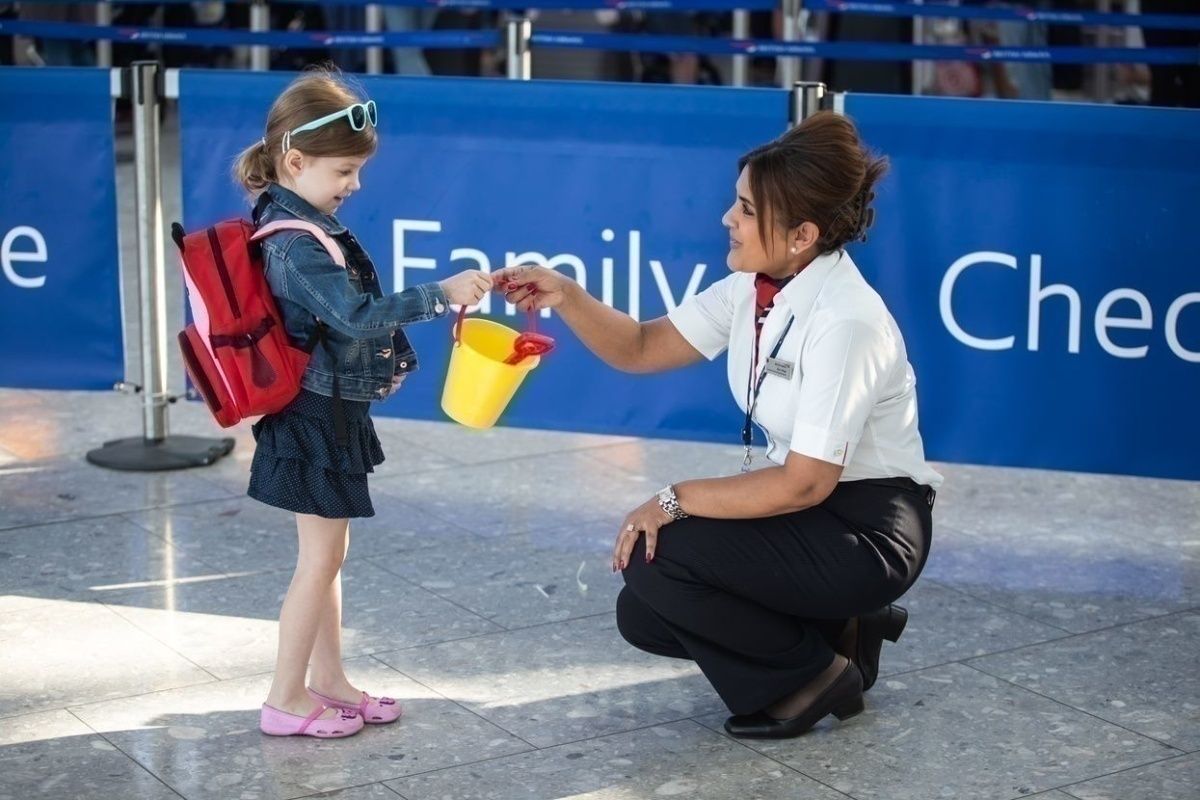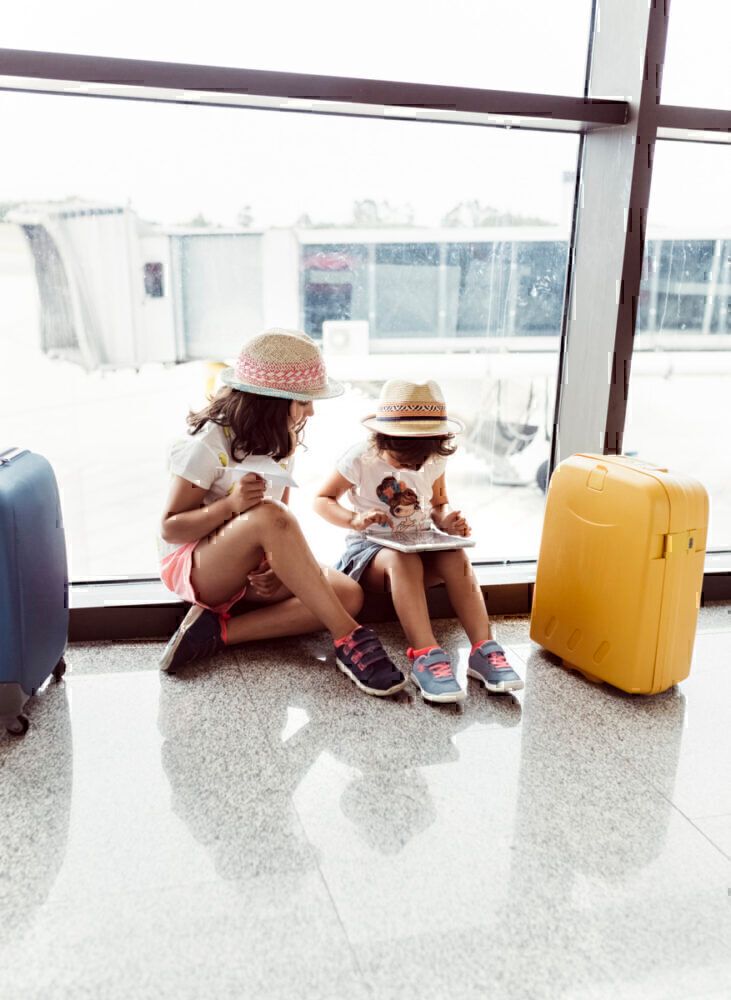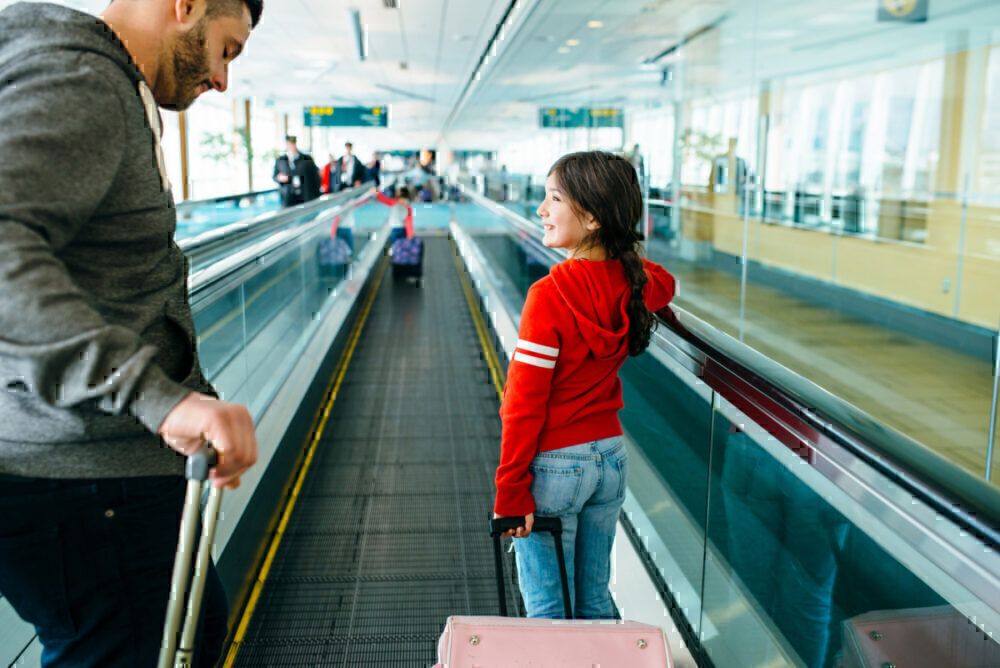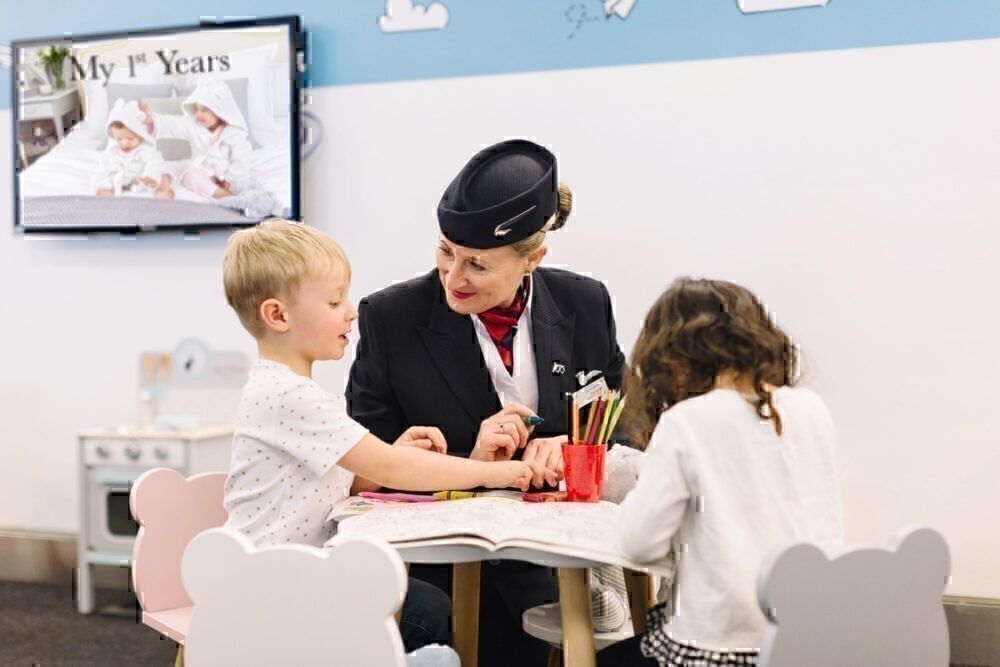Though very few parents would prefer that their child travel alone, sometimes it's unavoidable. These days, many airlines offer services for unaccompanied minors, ensuring their safety through airport transit and landing. Some have gone above and beyond, whereas others stick to a more basic service. Here's the lowdown on how unaccompanied minor programs work...
What are unaccompanied minor schemes?
Sometimes flying alone as a child cannot be avoided. For whatever reason, it happens, unaccompanied minor programs exist to take the stress and fear out of traveling without a parent or guardian. Their primary aim is to ensure minors' safety and be a helping hand to get them where they need to be on time.
Different airlines have different rules on what it means to be an unaccompanied minor. However, a general rule of thumb exists across the industry. No child below the age of five can travel alone. In most cases, children between the age of five and 11 are required to use the unaccompanied minor service. Between the age of 12 and 18, this service is optional.
The unaccompanied minor service gives parents and guardians that extra peace of mind by supporting them and their child with a more dedicated service. As such, the program costs around US$100 each way per child or up to four siblings.
Common characteristics
Although the intricacies of some airlines' unaccompanied minor programs can vary, there are a few common characteristics and rules that parents and guardians can expect.
Firstly, the use of the unaccompanied minor service will need to be booked. Oftentimes, this cannot be done within a ticket booking. Guardians will need to contact their airline or travel provider directly to make this special request.
At the airport, the child will need all the regular ID documents to travel and will be checked in. The guardian will then receive a pass, which allows them to accompany their child up to the gate. Mostly, parents and guardians are required to stay with their child until the flight has taken off.
Once at the gate, a member of the cabin crew will get the child settled on board. During the flight, it is not always possible for an attendant to stay with the child at all times. However, they will be on hand where they can to help.
When the flight has landed, and there are no forwarding connections, a member of staff will wait with the child until the registered guardian can collect them.
Specialized services for some flights
Many airports in the US have made special allowances for unaccompanied minors. On connections with American Airlines in airports, including Charlotte (CLT), Dallas Fort Worth (DFW), and Chicago (ORD), children can use unaccompanied minor lounges to play and buy food and drink, all while supervised by a member of staff.
Virgin Atlantic requires some of their unaccompanied minors to have a safety assistant. This is a person who can support a child under the age of 12 with a pre-existing health condition. Furthermore, it will only be able to offer support for children whose whole journey is with Virgin Atlantic.
Interestingly, though British Airways has a dedicated page on its website for children traveling alone, it does not have an unaccompanied minors program. It says that the youngest a child can travel alone is age 14. At 14, the child will be booked as an adult, which means that they will not receive a chaperone to support them on their journey.
If you're looking to allow your child to travel alone, it pays to find out about the individual scheme from their airline. Ensure that you book, arrive early, and rest assured that airlines are doing all that they can for your child.
What are your thoughts about these programs? Let us know what you think in the comment section.




